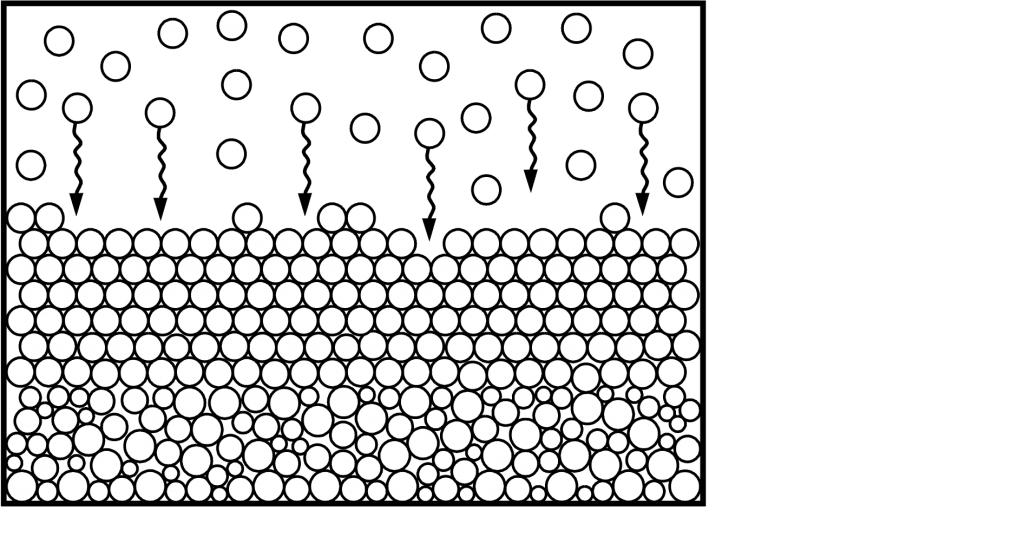If you’d like to read all about the structure formation of natural opal, this is one of the most complete models of opal formation available anywhere.
Here is the link:
Characterisation of Australian Opals — leslie dean brown
At the time I remember my supervisor said to me that it was one of the most well-presented theses that he had ever seen.
Not necessarily the results, but the quality of the illustrations and I guess you could say the “design layout”.
I always want to be proud of my own work and do things to the best of my ability.
Today I was able to open up my original word document file that was almost 12 years old.
To my surprise, it kept the original formatting and page breaks. And why shouldn’t it? Although I am not so keen on the changes that have been implemented to Microsoft Word between since then.
Okay so truth be told,the original word document came in at 281 pages and the printed copy came in at 282. So something was not right.
It turns out that one graph had to be pushed down by one line and the original date was also restored. I was so paraoid that I would forget to change the date, the field updated itself automatically.
The reason I am doing this and sharing it again here is that my thesis was finally digitised by the UTS library this week, but the quality ain’t all that great, because it was rescanned from the printed page.
Hopefully google robots will scour my site, find the pdf and index it so anyone can access it.
So I’m deciding to generate the pdf myself (I never got around to doing that).


